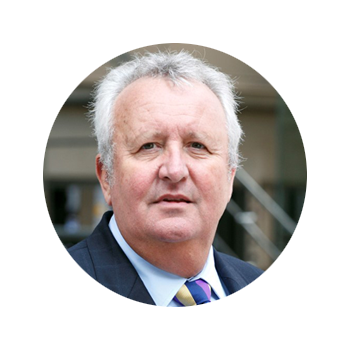
The past 15 months have had a profound and challenging effect on the way we do business with one another, especially for those who are in client facing roles.
We have quickly moved from a world where face-to-face meetings were the norm for financial advisers and their clients to having to operate remotely and make the most of video conferencing.
While we have to wait a little while longer for the final restrictions to ease, it does appear as if we are slowly returning to previous ways of life. Client meetings will be taking place in person once again and for many this will be a new experience.
New financial advisers continue to come through into the industry but their education to get to this point will have been very different to those that have come before them.
Many will not yet have met any of their colleagues in person, let alone a client or a potential lead.
As such, there will be many skills and techniques that they won’t yet have been able to put into practice and as such may be worrying about how they win the confidence of their clients quickly and establish a relationship to survive over many years.
Before, during and after
Meeting clients for the first time should not be daunting for new advisers. They have undergone the relevant training and should remind themselves that they have put a lot of work in to get to where they are.
Building trust can sometimes be a challenge, but there are lots of ways advisers can accelerate trust with clients, both in-person and remotely, in an ethical and transparent manner.
It comes down to ensuring clients have an intimate relationship with their adviser and see them as credible, reliable and focused.
Before meeting a client, it is important to break things down into three – before, during and after.
It might be simple, but working to a framework of what you will do prior to a meeting, how you will progress during the meeting and then how you will follow up will allow advisers and their clients to get the most out of the relationship and give the financial plan the best chance to succeed.
This will also work time and again, so creating this framework will ensure consistent client outcomes.
Simple, one-page biographies can have a huge impact with a client before meeting for the first time.
Humans had facial recognition software a long time before smartphones, so advisers need to use this to their benefit and give their client that feeling of recognition when they do finally meet for the first time.
This will allow a new adviser to front up the elephant in the room that they are new and may not have a huge amount of experience in the advisory role.






